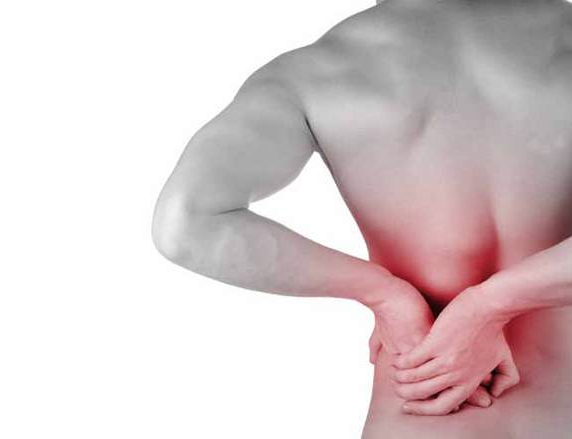With any injury, there is associated compensation. The body is very good at adapting. What this means is that the body will 'find a solution' if it cannot perform a movement utilising the known or 'normal' means of activation/contraction. (biomechanics) If a hamstring is not firing properly or is compromised, the body will utilise the power of adductors to complete a movement. If a shoulder stabiliser goes 'down', the body will recruit from another muscle in the chain to stabilise the shoulder for movement.
In any form of recovery from injury, the ‘activation’ stage is the realm of actually doing exercises and key movements to ensure that muscles work ‘sequentially’ and as a group, to perform safe and efficient movement. This is also where a lot of patients fall down because they ‘don‘t do their homework’ These all important exercises that a patient has to do to contribute to their own recovery are a vital part of the program to recovery and pain free movement.
Fascia is the body’s connective tissue. It covers every muscle, organ and muscular compartment as well as going right down to every tendon, muscle fibre and even deeper to the microscopic level of muscle fascicles. It is part of what gives our body shape and is contractile. It serves as the connection for nerves and blood vessels and plays a great role in allowing our bodies to move in transverse movements across the midline of the body and involving a complex co-ordination of muscles to effect movement. Complex movements with power require a great deal of muscular contraction as well as contraction of the fascial system.
A rupture is the big Daddy, the Nebuchanezzer of the muscular strain. Whereas a strain is a section of the muscular fibres (say a bicep) that have been torn or frayed, a rupture is a majority disconnection of the entire muscle from its tendinous connection. Usually, the ‘rupture’ is actually occurring not within the muscle itself but in the tendon that attaches the muscle to its bony connections. By definition, a rupture is ‘to burst, break through or split under pressure’. In the case of a tendon a rupture is defined by the muscle being unable to perform it's action. The rupture can be partial or complete, both requiring surgery to ‘re-attach’ the torn tendon.
Ice has always been the 'go to' of acute and immediate management practice for soft tissues injuries. But recent debate in sporting practice arenas has been questioning our loyal and consistent approach to this long held belief, stating that instead of managing the injury, we are instead preventing natural healing...



